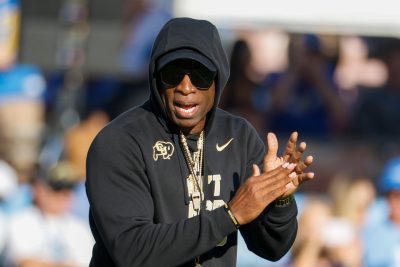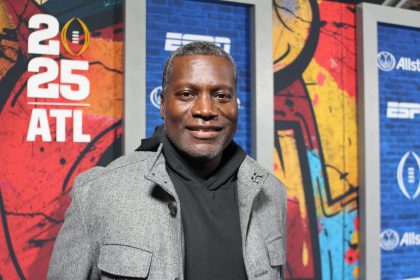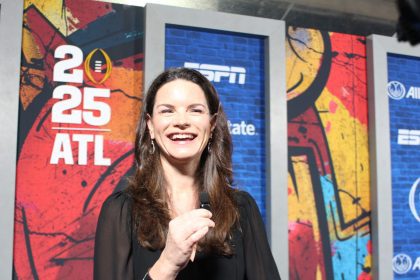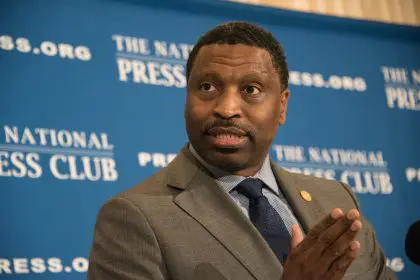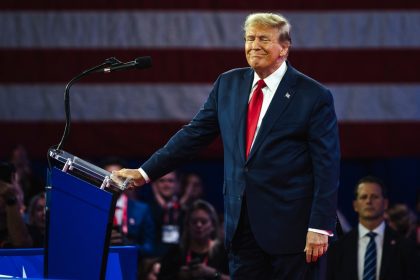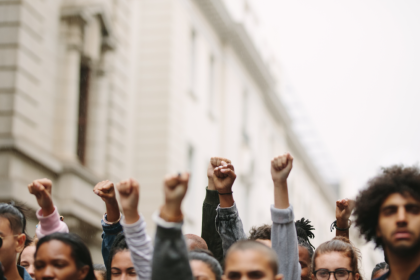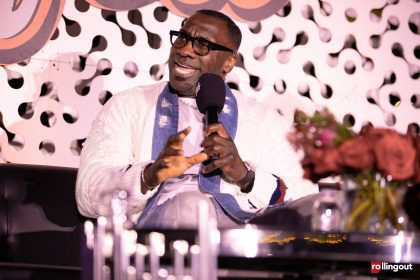Trump’s executive order, formally titled “Keeping Men Out of Women’s Sports,” establishes sweeping changes to how athletic competitions are regulated across the country. The policy aims to enforce compliance with Title IX, the federal law prohibiting sex-based discrimination in educational programs that receive federal funding.
Understanding the primary changes
The first major change involves the fundamental interpretation of Title IX itself. This new directive redefines how educational institutions must approach gender in sports, potentially affecting thousands of athletic programs nationwide. Schools now face stricter guidelines about team composition, with emphasis on biological sex rather than gender identity.
The funding factor
Federal funding now hangs in the balance for educational institutions. Schools that don’t align with the new policy risk losing crucial financial support, creating a complex situation for administrators and athletic directors. Many institutions now find themselves navigating between federal requirements and existing state laws that may offer different guidance on transgender athlete participation.
Impact on competitive sports
The order’s reach extends beyond school athletics to national sporting organizations. While the federal government cannot directly control private sports organizations, the policy creates pressure for entities like the NCAA to reconsider their stance on transgender athlete participation. This ripple effect could influence everything from local competitions to national championships.
Scientific perspectives on athletic performance
Current research presents a more nuanced view of athletic performance differences. Studies, including a comprehensive 2017 review in Sports Medicine, challenge assumptions about competitive advantages. Recent research from 2023 further indicates that physical differences often attributed to biological sex can change significantly with hormone therapy.
The visa verification process
A lesser-discussed aspect of the order involves new scrutiny of international athletes. The policy introduces additional verification requirements for athletes entering the United States, particularly focusing on documentation related to gender identity. This change could affect international competitions hosted in America and potentially impact Olympic-level events.
State-level implementation challenges
The order creates a complex web of compliance issues across different jurisdictions. States with existing laws protecting transgender athletes’ rights now face potential conflicts between state and federal requirements. This situation may lead to legal challenges and varying interpretations across different regions.
The role of medical professionals
Healthcare providers find themselves in a unique position under the new policy. The order raises questions about how medical professionals should document and verify athlete eligibility, particularly in cases involving ongoing hormone therapy or other gender-affirming treatments.
Athletic organization responses
Major sports organizations face decisions about their policies and procedures. The NCAA, which has previously supported inclusive policies, must now evaluate its stance in light of the federal directive. Similarly, international sports federations must consider how this American policy affects their operations within the United States.
Legal considerations and challenges
Constitutional law experts anticipate various legal challenges to the order. Questions about equal protection, discrimination, and the scope of executive authority could lead to prolonged court battles. These legal proceedings might affect how and when different aspects of the policy take effect.
Educational institution adaptations
Schools and universities must develop new protocols for their athletic programs. This includes updating recruitment practices, revising team selection procedures, and potentially modifying existing facilities. Many institutions are also reviewing their non-discrimination policies to ensure compliance while maintaining inclusive environments.
The international sports community
The global sports community watches these developments closely. International competitions held in the United States may need to adapt their qualifying procedures and participant verification processes. This could affect everything from youth sports tournaments to professional events.
Economic implications
The financial impact extends beyond federal funding concerns. Sports programs must consider potential changes to sponsorship agreements, tournament revenues, and facility modifications. Some institutions might face increased costs for legal compliance and policy implementation.
Future of women’s sports
The long-term implications for women’s sports remain uncertain. Supporters argue the policy protects competitive fairness, while critics contend it could harm both cisgender and transgender athletes. The debate continues about how to balance inclusivity with competitive integrity.
The path forward
Athletic organizations and educational institutions now work to implement these changes while maintaining their core missions. Many seek ways to create inclusive environments while complying with the new requirements, leading to innovative approaches in sports program management.
The role of medical research
Ongoing scientific studies continue to examine athletic performance factors. This research could influence future policy adjustments and help develop more nuanced approaches to ensuring fair competition while supporting all athletes.
Community impact
Local sports communities face immediate challenges in implementing these changes. Youth sports organizations, in particular, must balance competitive policies with their traditional role in developing young athletes and fostering inclusion.
Broader societal implications
The policy raises larger questions about gender identity in sports and society. These discussions extend beyond athletics to touch on fundamental issues of equality, fairness, and inclusion in American institutions.
Communication challenges
Schools and sports organizations now work to effectively communicate these changes to their communities. This includes developing clear guidelines for athletes, coaches, and families while addressing concerns from all stakeholders.
Looking ahead
As implementation proceeds, various stakeholders continue monitoring the policy’s effects. Future adjustments may be necessary as real-world impacts become clearer and legal challenges progress through the courts.
Ongoing developments
The situation remains dynamic as organizations adapt to these new requirements. Continued attention focuses on how different institutions handle implementation and what precedents emerge from early applications of the policy.
This transformative policy represents a significant shift in how American sports programs approach gender identity and competition. As implementation continues, its full impact on athletes, institutions, and the broader sports community will become clearer. The ongoing discussion about fairness, inclusion, and competition in sports remains central to understanding these changes and their long-term implications for American athletics.




